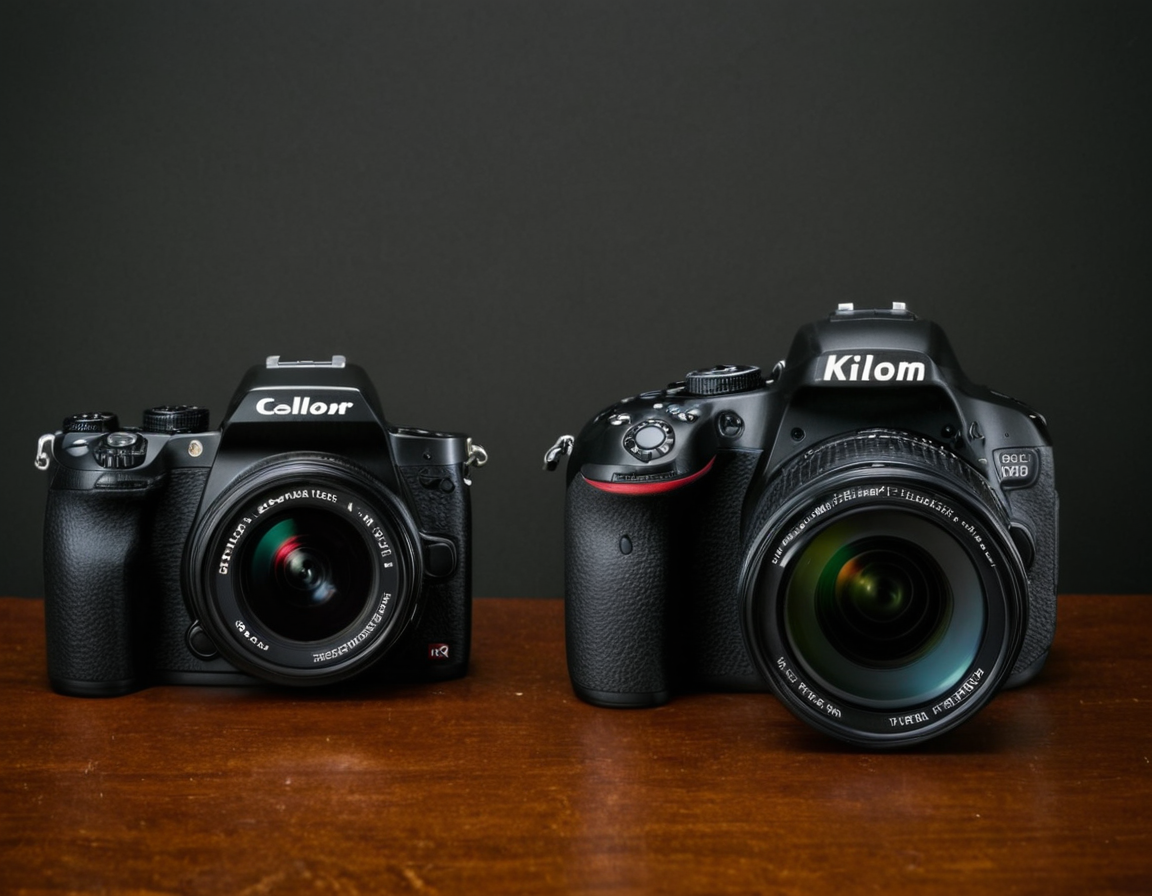DSLR vs Mirrorless - Which is Best for Reddit Cameras Thr...

The Debate on DSLR vs Mirrorless Cameras: A Comprehensive Analysis
The world of photography has long been dominated by two primary types of cameras: DSLRs (Digital Single-Lens Reflex) and mirrorless cameras. While both have their own set of advantages and disadvantages, the question remains: which one is better for a photographer? In this article, we’ll delve into the details of each type, exploring their differences, and provide a comprehensive analysis to help you make an informed decision.
Introduction
The rise of camera technology has led to an influx of options for photographers. With the proliferation of smartphones and social media, many have turned to photography as a hobby or profession. However, with so many choices available, it can be overwhelming to decide which type of camera is right for you. In this article, we’ll examine the key differences between DSLR and mirrorless cameras, exploring their technical specifications, features, and practical implications.
Technical Specifications
DSLRs
DSLRs use a mirror and prism system to view the scene through the lens. This allows for faster autofocus and more accurate framing. However, it also means that the camera’s shutter is physically moving, which can lead to camera shake and motion blur.
- Advantages:
- Faster autofocus
- More accurate framing
- Better low-light performance
- Disadvantages:
- Heavier and larger
- More expensive
- Limited battery life
Mirrorless Cameras
Mirrorless cameras, on the other hand, use an electronic viewfinder or LCD screen to preview the scene. This allows for faster burst mode shooting and more accurate video recording.
- Advantages:
- Smaller and lighter
- Faster burst mode shooting
- More accurate video recording
- Disadvantages:
- Slower autofocus
- Less accurate framing
- Limited battery life
Practical Considerations
Camera Body
When it comes to the camera body, DSLRs are generally larger and heavier than mirrorless cameras. This can make them more difficult to carry around, especially for extended periods of time.
Mirrorless cameras, on the other hand, are designed to be more compact and portable. However, this often comes at the cost of durability and build quality.
Lens Selection
The lens selection for DSLRs and mirrorless cameras is not directly comparable. DSLRs typically require a separate finder scope or viewfinder, which can add bulk and expense.
Mirrorless cameras, on the other hand, rely on electronic viewfinders or LCD screens, which can be more convenient but also less accurate in certain situations.
Autofocus
Autofocus is a critical component of both DSLRs and mirrorless cameras. However, the implementation differs significantly between the two.
DSLRs use a mechanical system to move the lens, which can lead to camera shake and motion blur. Mirrorless cameras, on the other hand, use electronic autofocus, which is generally faster but also more prone to errors.
Conclusion
In conclusion, both DSLRs and mirrorless cameras have their own set of advantages and disadvantages. While DSLRs offer faster autofocus and more accurate framing, they are also heavier, more expensive, and limited by their mechanical system.
Mirrorless cameras, on the other hand, offer a more compact and portable design, but are also slower and less accurate in certain situations.
Ultimately, the choice between DSLR and mirrorless cameras comes down to your specific needs and preferences as a photographer. We recommend researching each option thoroughly and considering factors such as budget, skill level, and intended use before making a decision.
What’s your take on this debate? Are you Team DSLR or Team Mirrorless? Share your thoughts in the comments below!
Tags
digital-single-lens-reflex mirrorless-camera-advantages dslr-vs-mirrorless best-cameras-for-photography professional-photo-giving
About Emily Williams
As a seasoned photographer and educator, I help creative minds unlock their potential on lentecreativa.com. With a focus on real-world tips & techniques, I inspire photographers to push boundaries & tell stories that matter.
